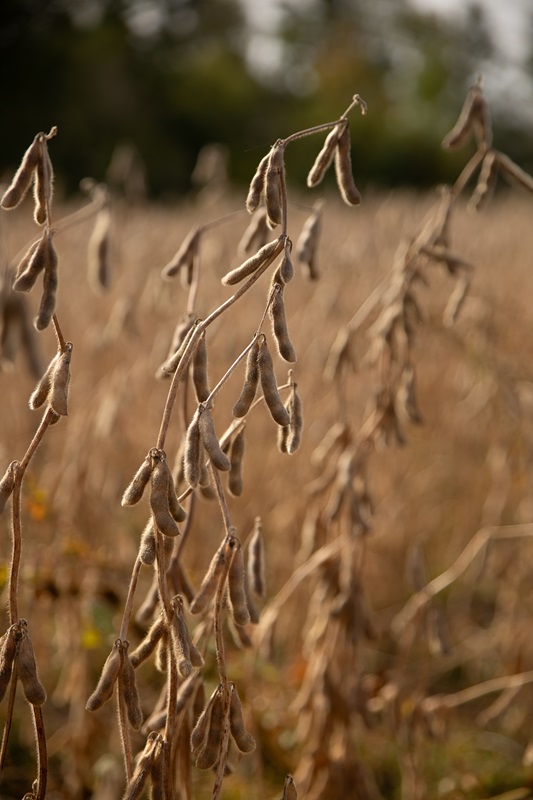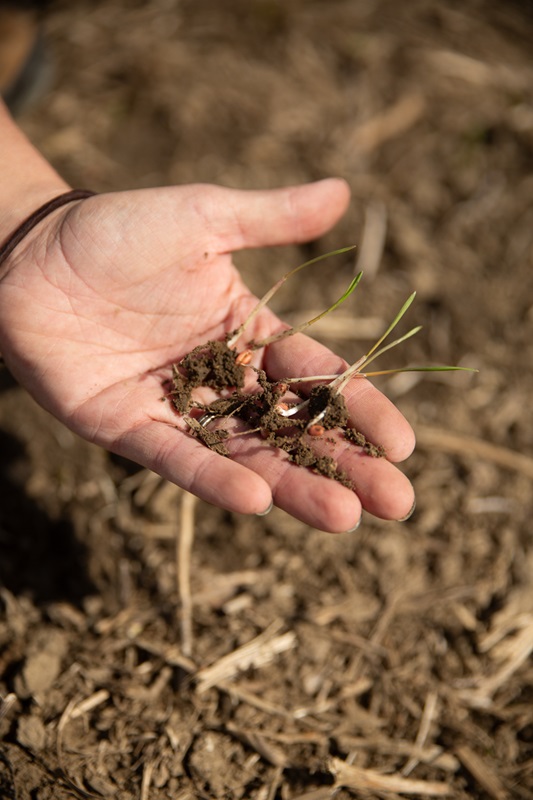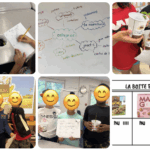On The Farm with Kaye McLagan, one of #YourFarmers!
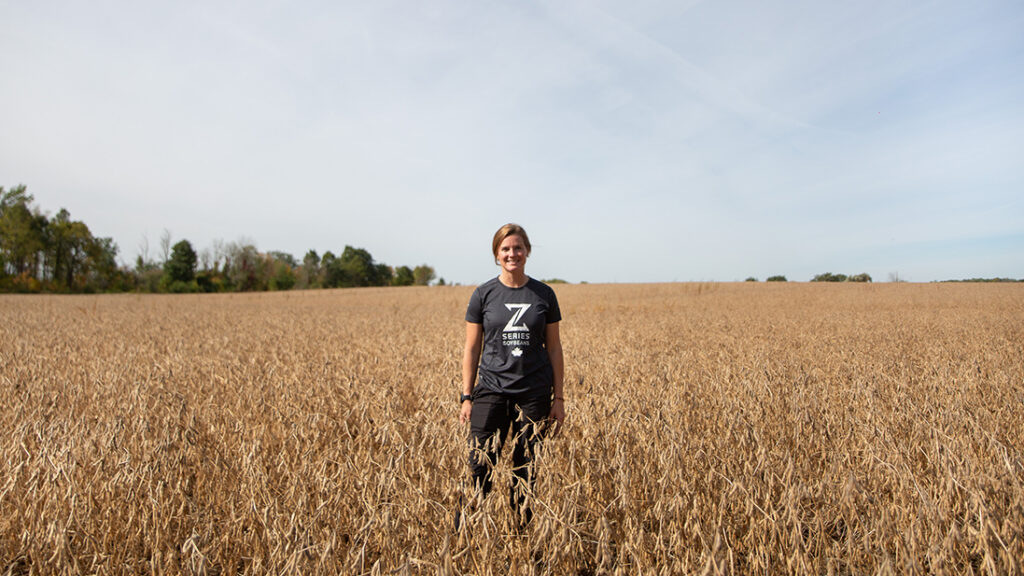
We headed to Perth County and stopped by McLagan’s Farms to meet farmer Kaye McLagan and learn about the operations on her family’s farm, from soybean harvest to planting winter wheat and all the tasks in between.
Kaye and her family grow corn, soybeans and wheat on their farm for food for humans and farm animals. For her crops, like soybeans to stay healthy all season long, the plants will need healthy soil, water, fertilizer and lots of sunlight. Kaye manages the fields so they stay healthy- by keeping a close eye if the soybeans are lacking any of the above items, Kaye can manage any potential problems that come up during the growing season. Her soybeans will be ready to harvest when the plant starts to dry (the soybean plants no longer accept nutrients from the field, and slowly turn brown as the seeds are mature). Laye describes it as, “I’ll open up a soybean pod and if (the soybean seeds) are a nice tan colour, it’s ready to be harvested. However, if I can make a dent in (the seed) with my thumbnail, it’s still too moist and needs a few hours in the sunlight to dry out and it will be ready to be harvested.” Harvested seeds must be dry to store properly and to stay as high quality as possible to be used to make food.
Some of the equipment Kaye uses on her farm are an air seeder and tractor for planting soybeans and a sprayer to keep the soybeans clean and free of weeds, diseases or insect threats every season. When it’s time to harvest, Kaye and family use a combine to harvest the soybeans, as well as either some trailers or wagons to collect all the soybeans and bring them to the elevator.
In addition to soybeans, Kaye plant and grows winter wheat on her farm for her crop rotation. This means her farm will have a rotation of corn, soybeans, and wheat over a three-year period on one field. Winter wheat is planted in the fall after soybean harvest and harvested the following summer. One cool thing about winter wheat is that the plants go dormant in the winter, so the fields need cool temperatures to keep the wheat crop dormant, but they will also need a snow blanket on top of the fields to keep the wheat crop protected from the elements like wind and ice.
“I love being a farmer because this is my office every day. I get to be outside and enjoy nature, and I also get to enjoy harvesting and every single element of farming no matter which season we’re in.”
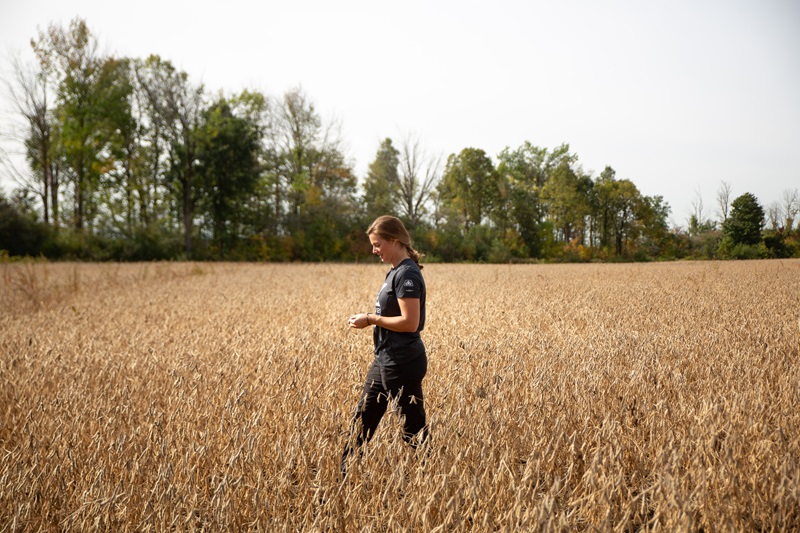
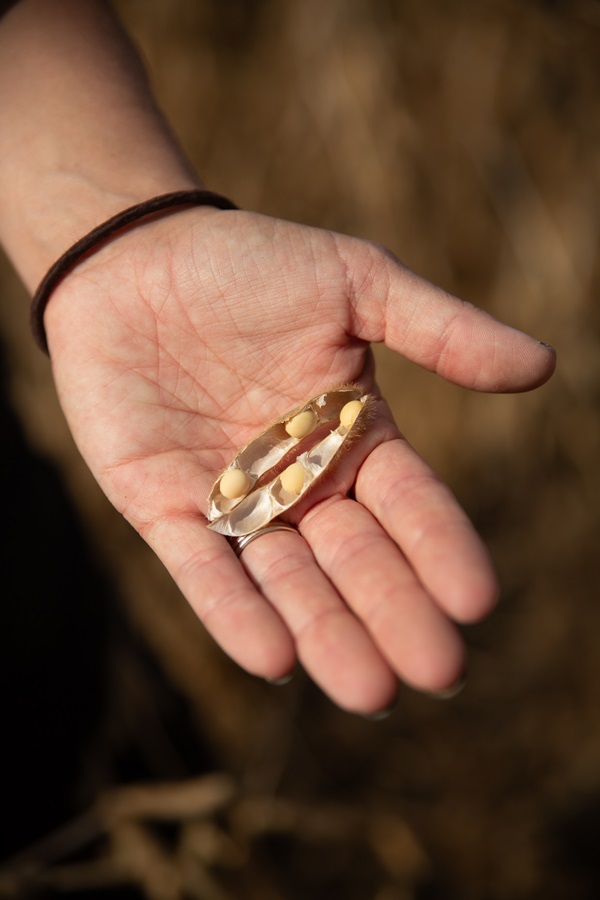
On any given day, Kaye has a lot of jobs on the farm. She can be an agronomist (an expert in the science of soil management and the production of grain crops), a bookkeeper or a tractor operator. Everyone on McLagan’s Farms do whatever they need to do to the jobs done.
There are many challenges Kaye has to work with, with weather being one of the major ones. For example, during the 2024 growing season Perth County had a very warm and wet season. As a result, diseases like to flourish in warm, wet areas for soybeans. So, one job Kaye was focusing on during the 2024 season was watching for white mould on her soybean fields. A way to fight off white mould or any sort of disease is to spray a fungicide. That is one way farmers like Kaye can keep their fields healthy all year because it helps the plant fight off the disease.
